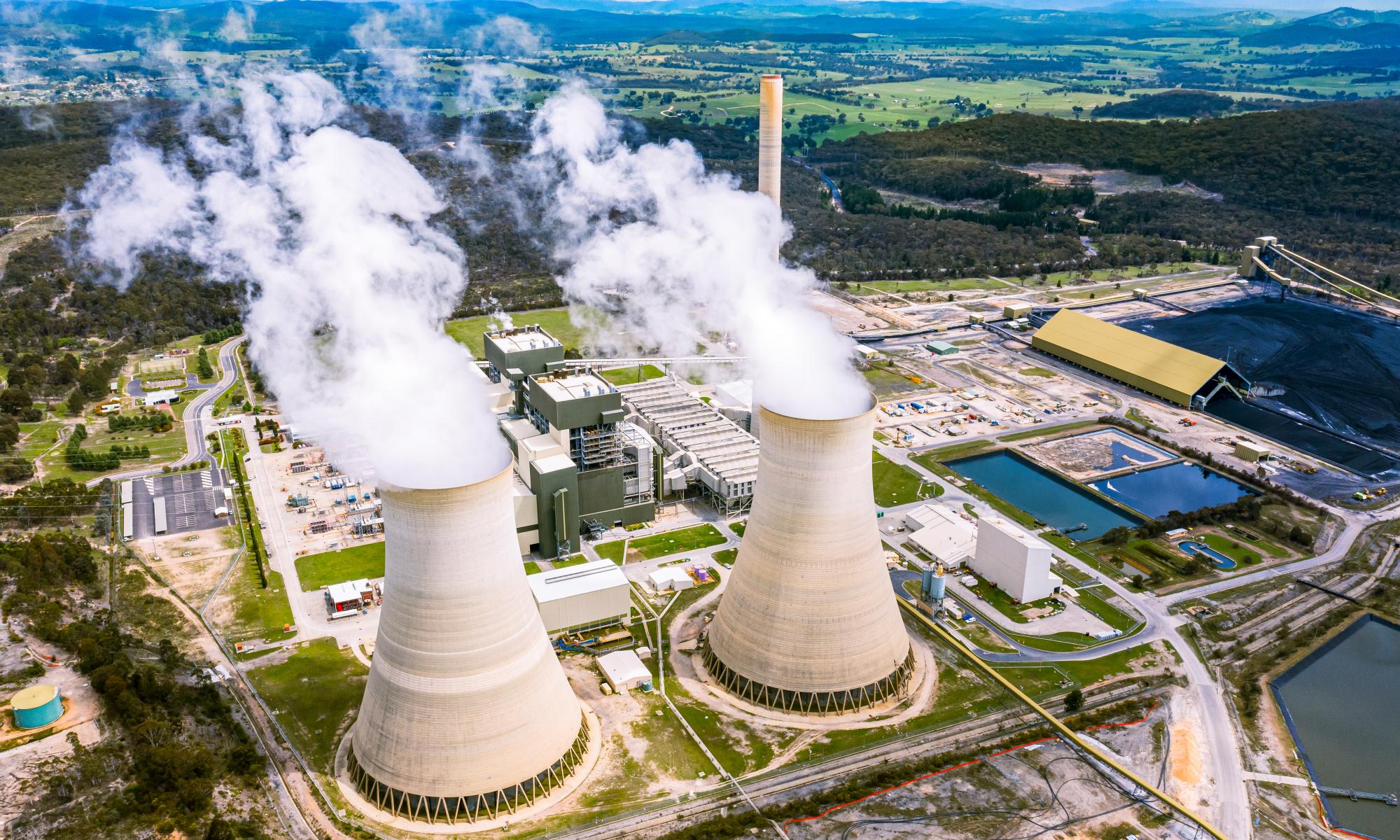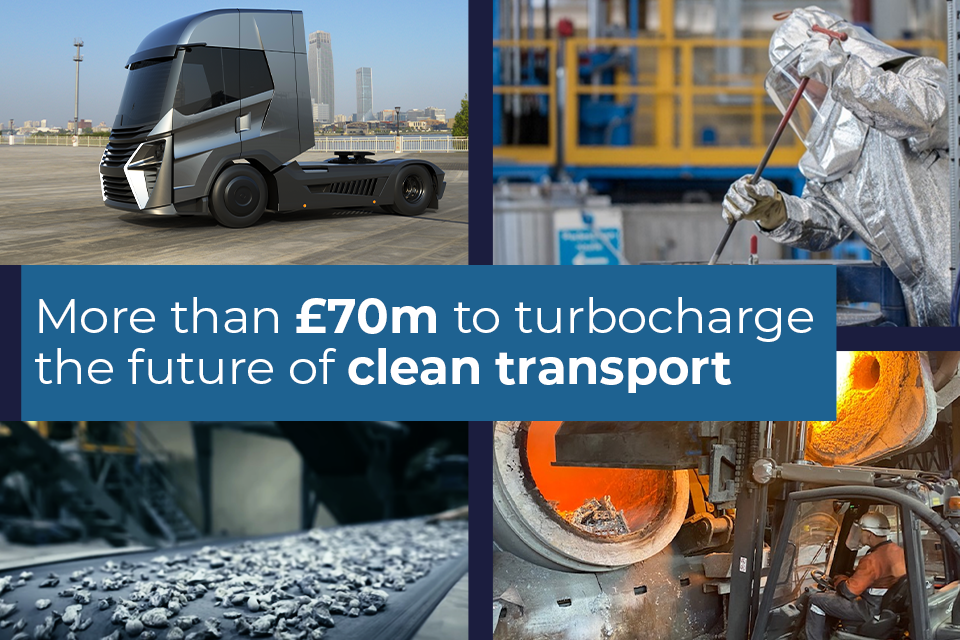New Australian homes could have to comply with tougher energy performance standards within a year, with ministers set to agree to boost the required rating from six to seven stars.
That could cut the thermal energy use of homes by about 25%, experts say. But there’s fierce debate about when and how the new regime should begin.
State and territory building ministers will meet on Friday hosted by the Albanese government.
The residential sector accounts for almost a quarter of Australia’s electricity use and about 12% of greenhouse gas emissions. Ministers are expected to agree to lift the energy efficiency ratings of new homes to seven stars – the first such change since 2010 – and could also back better accessibility standards, officials say.
“The previous government’s inaction on climate change and energy has left us with much to do,” the federal assistant minister for climate change and energy, Jenny McAllister, said. “Energy-efficient homes are more comfortable to live in, and cheaper to heat and cool. We want more Australians to have access to them.”
The expected change to the national construction code has been welcomed by energy efficiency advocates. They caution, however, that practical change will only come if states and territories back a rapid introduction of the higher standards and enforce their application. They also want the standards for existing homes lifted.
“This is a long overdue change,” Anna Skarbek, the chief executive of the Climateworks Centre, said. “It’s very much a case of catching up. We have long recognised that energy efficiency and improvements were the first and easiest opportunities because they save money as well as saving emissions and saving energy use.”
Some 1.1m homes are likely to be built in the next three years. Delaying the implementation until 2025 – as some in the industry want – would add at least $2bn in energy costs for those residents based on 2019 energy prices that have doubled since.
“In terms of emissions, it’s about 9m tonnes just from today until 2030,” Skarbek said of a possible delay. “That is the same as a brown coal power station in a year.”
Alan Pears, an energy expert at RMIT University, said the national code was only a model that states and territories would need to implement separately. The star rating assessed how well buildings performed in terms of heating and cooling.
“Going from six to seven stars cuts thermal energy use by 20-27%,” Pears said.
For Mascot, in Sydney’s east, for instance, that would mean a cut of about 5,250m joules of gas or 875 kilowatt-hours of electricity. At 3 cents/MJ, that’s a savings of $150 a year, and at 30 cents/kWh another $180 a year saving.
“Considering only energy savings it is cashflow-positive for most households if they borrow on a mortgage,” Pears said of the upfront costs. “The potential health, comfort and quietness benefits are significant, which is why Acoss and others have strongly supported the move.”
Ministers will debate on Friday the timing for introducing the new standards.
The ACT sustainable building minister, Rebecca Vassarotti, said “building homes that really are looking after people, and are looking after the planet, is becoming more and more urgent”.
“So it’s absolutely beyond time that we make this change,” she said, adding the housing industry had known the change was coming for years so a 12-month implementation period should suffice.
The New South Wales building minister, Victor Dominello, said his state supported the ratings upgrade, saying it would “deliver more energy-efficient homes and contribute to the goal of reaching net zero emissions by 2050”.
A spokesperson for the Housing Industry Association said “the priority should be the introduction of a whole-of-house assessment that provides homes owners with a more holistic approach to how they make their homes more efficient”.
“An evaluation of the current six-star standard has not been undertaken to gauge what savings in reduced emissions and reduced energy prices has occurred,” the spokesperson said.
Andrew Pickard, an ACT-based energy efficiency specialist with Powerhaus Engineering, said the standards were merely the minimum required and these often fell short in practice.
His firm has assessed the performance of 18-month-old homes in areas such as Strathnairn in the ACT where houses with seven-star ratings on paper have performed poorer than expected. Residents complained that temperatures would drop 4C in 30 minutes when the heating was turned off.
Pickard said the issue was the rating was only as homes were modelled – not actually built – and failed to assess draughts. Having insulation and double-glazed windows was not sufficient, he said.
“As soon as you turn your heater off, the warm air is going to escape the house because there’s just uncontrolled air movement.
“It also means when you’ve got extreme weather events, it’s not possible to keep the building envelope as a healthy space for people.”
Phil Harrington, a leading efficiency expert with Strategic Policy Research consultants, said the lack of enforcement of ratings was “an open joke” in the industry.
“The average star rating of the housing stock … is somewhere between 1.5 and two stars. An air-conditioned tent would do just about as well.”
Homes for first-home buyers were “the ones that are built to the lowest possible specs that the building industry can get away with,” Harrington said. Rental stock was even worse as landlords “have got precisely no incentive to upgrade the energy performance of their rental properties”.
Mick de Brenni, Queensland’s energy minister, said his state was “behind most of the nation in energy-efficiency ratings for our buildings”, so the upgrade to seven stars meant his state was taking “one of the biggest steps forward of all the jurisdictions”.
“It’s one thing to have an emissions-reduction plan for buildings, it’s another thing to deliver on them,” he said.
“Queensland is looking to up compliance through a number of potential actions including through accreditation of energy assessors and ensuring that critical energy-efficiency elements of a home design are reflected in building plans.”


